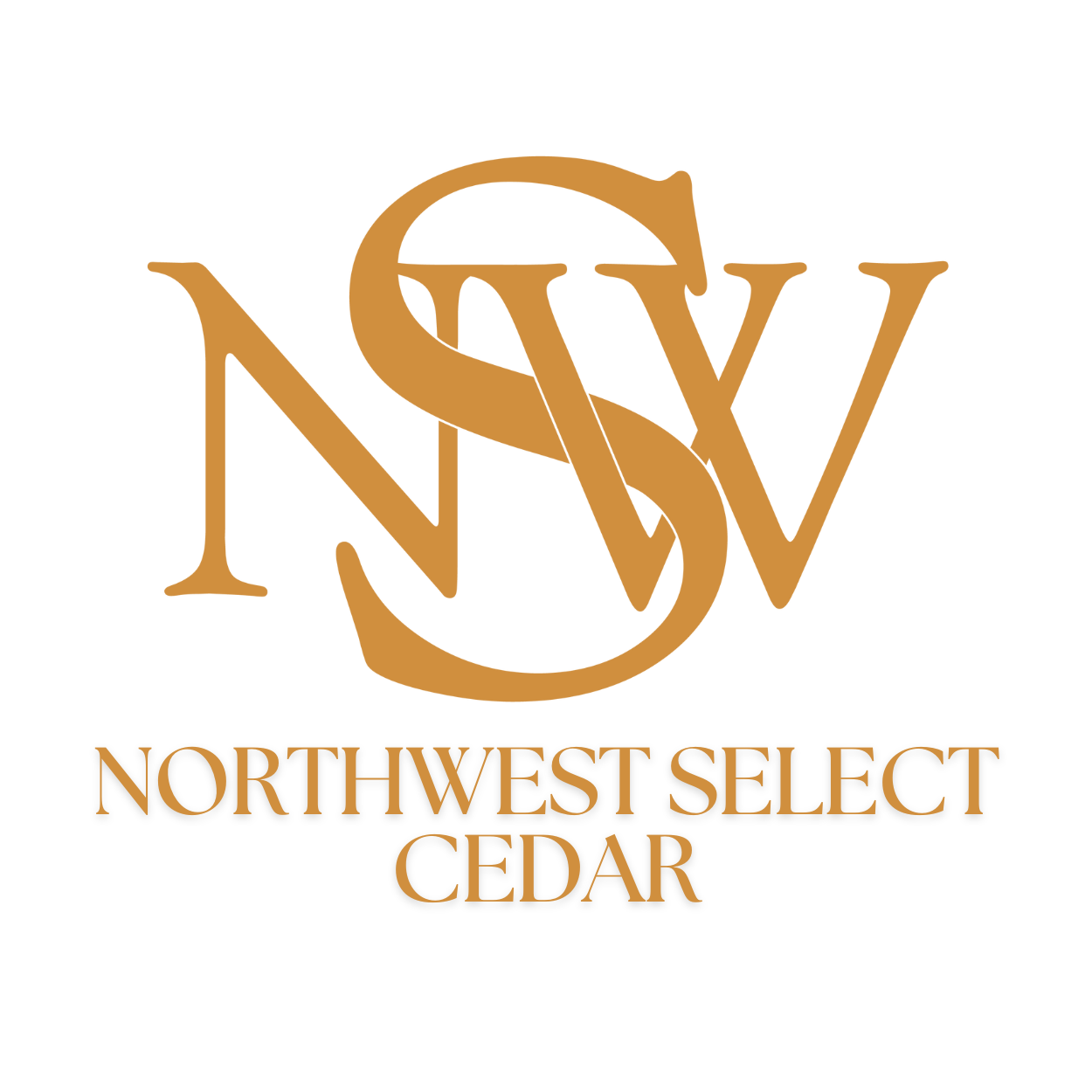Incorporating a sauna into your custom home design can be a transformative decision, offering numerous health and wellness benefits. When selecting materials for your sauna, Western Red Cedar stands out as an exceptional choice. Here, we explore the reasons why Western Red Cedar is the ideal wood for your custom sauna, enhancing both the functionality and aesthetic appeal of your personal wellness retreat.
Superior Dimensional Stability
One of the standout characteristics of Western Red Cedar is its remarkable dimensional stability. Saunas are environments where temperatures and humidity levels fluctuate significantly. Western Red Cedar handles these changes with ease, exhibiting minimal shrinkage and swelling. This stability ensures that the wood remains straight and true, preventing warping and cupping over time, which is crucial for maintaining the structural integrity of your sauna.
Excellent Insulating Properties
Western Red Cedar is lightweight and has a low density, making it an excellent insulator. This means it helps to retain the heat within the sauna efficiently, reducing energy consumption and maintaining a consistent temperature. The insulating properties of cedar contribute to a more enjoyable and cost-effective sauna experience, ensuring that the heat is kept where it belongs—inside the sauna.
Natural Aromatic Qualities
The aromatic qualities of Western Red Cedar add a unique and pleasant dimension to your sauna experience. The natural oils in cedar emit a soothing scent that enhances relaxation and provides a spa-like atmosphere. Additionally, these oils have natural preservative properties, making the wood resistant to decay and insect damage. This ensures that your sauna remains in excellent condition for years to come, with minimal maintenance.
Low Thermal Conductivity
Safety is a paramount concern in any sauna, and Western Red Cedar excels in this regard due to its low thermal conductivity. Unlike other woods, cedar does not get excessively hot to the touch, even at high temperatures. This reduces the risk of burns and makes the sauna experience more comfortable and enjoyable, allowing you to sit back and relax without worry.
Aesthetic Appeal
Beyond its functional benefits, Western Red Cedar is also renowned for its aesthetic appeal. The clear vertical grain pattern of this wood provides a smooth, uniform look with no knots and imperfections. This enhances the overall visual appeal of your sauna, creating a serene and luxurious environment. The warm, rich tones of Western Red Cedar add a touch of natural elegance to your custom home, making your sauna a true focal point.
Choosing Western Red Cedar for your custom home sauna is an investment in quality, durability, and beauty. Its superior dimensional stability, excellent insulating properties, natural aromatic qualities, low thermal conductivity, and aesthetic appeal make it the ideal material for creating a personal wellness retreat. By integrating Western Red Cedar into your sauna design, you not only enhance the functionality and longevity of the space but also create an inviting environment that promotes relaxation and well-being.
Northwest Select Cedar would like to help contribute to your serenity and wellbeing through our high-quality fiber.
